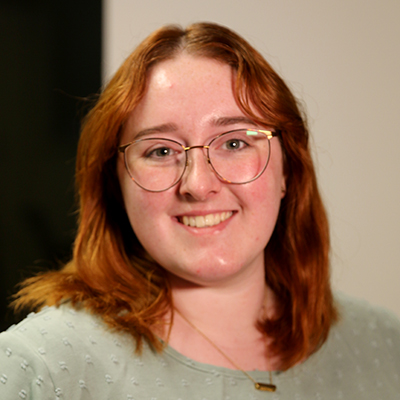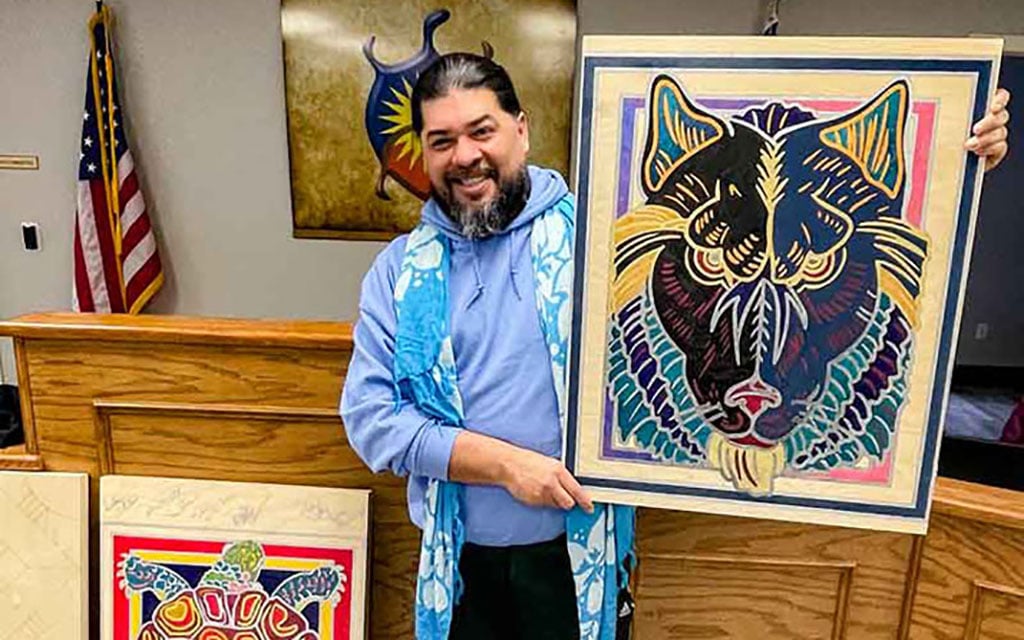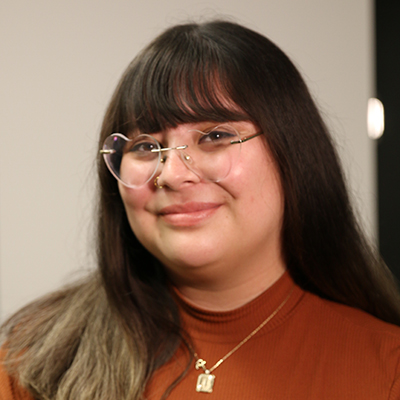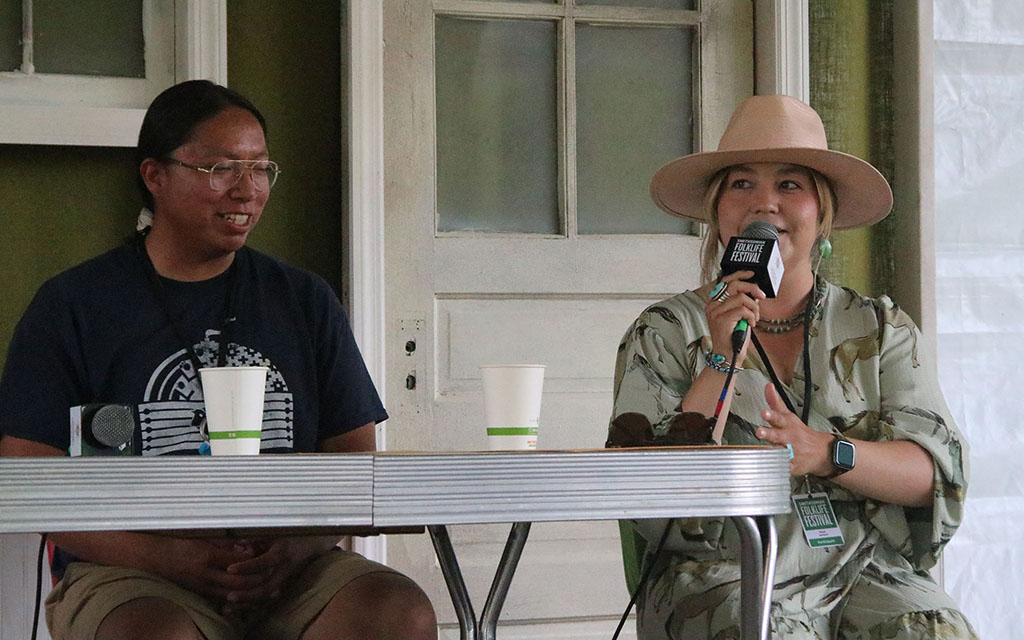
Navajo artists Kevin Aspaas, a weaver, and Kayla Jackson, a photographer, talked about the intersection of art and culture during the Smithsonian Institution’s Folklife Festival. (Photo by Erin Murphy/Cronkite News)

The Smithsonian Institution’s Folklife Festival began in 1967 and features cultures from around the U.S. and the world at an annual event on the National Mall. (Photo by Erin Murphy/Cronkite News)
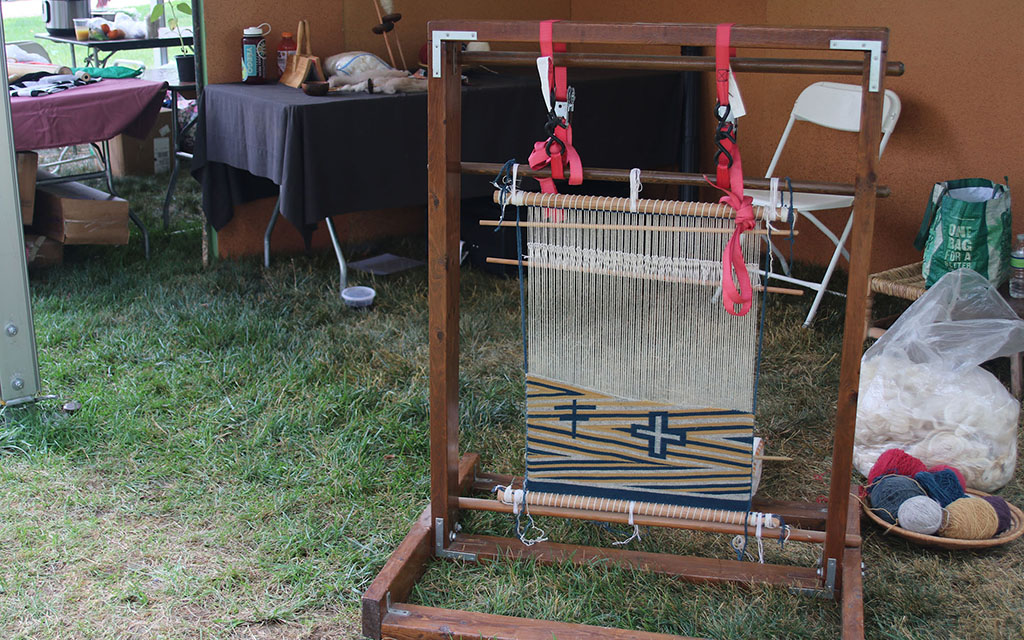
Besides speaking at the Smithsonian Institution’s Folklife Festival, Shiprock artist Kevin Aspaas also demonstrated his weaving at the event. (Photo by Erin Murphy/Cronkite News)
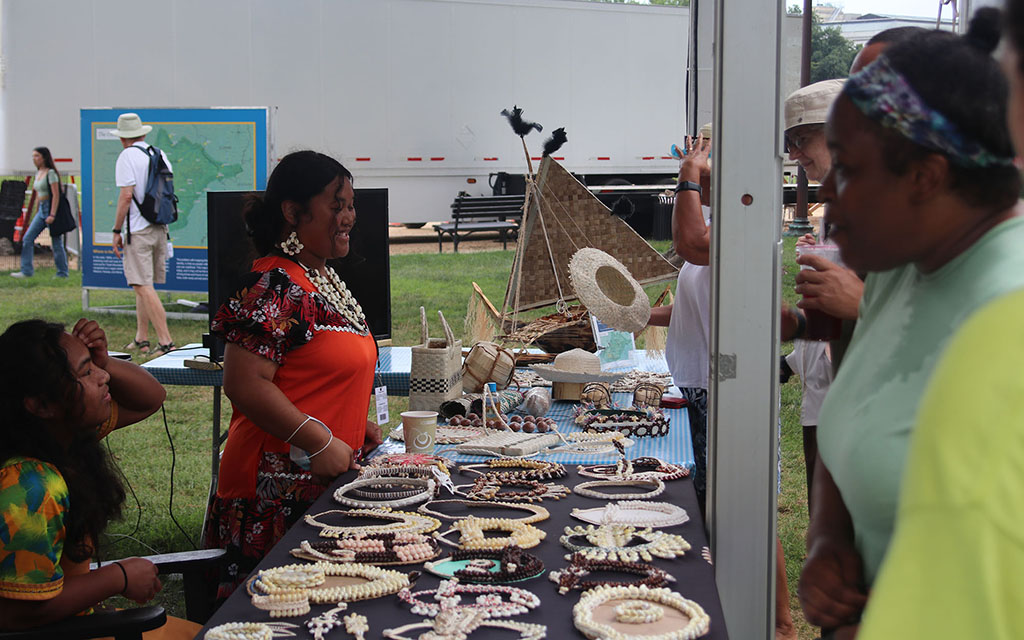
Artisans from a variety of traditions demonstrated their crafts and displayed their handiwork as part of the Smithsonian Institution’s Folklife Festival. (Photo by Erin Murphy/Cronkite News)

Navajo artist Kevin Aspaas tends his own sheep in order to get the wool for his weaving, which he demonstrated this week at the Smithsonian Institution’s Folklife Festival. (Photo by Erin Murphy/Cronkite News)

Quilting was one of the more traditional handicrafts on display in the Ozarks portion of the Smithsonian Institution’s Folklife Festival in Washington. (Photo by Erin Murphy/Cronkite News)
WASHINGTON – For some, a rug is something to step on and a piece of artwork is something to hang on the wall. For Diné weaver Kevin Aspaas, his creations are far more.
“One thing that I learned from mentors throughout the community, elders in the community, was that it’s hard to separate art from our life because essentially, our life is art,” Aspaas said. “Everything we create in our culture, whether it be baskets, pottery, blankets, weavings … it all serves a purpose and it can all be seen as art as well.”
The Shiprock weaver was speaking this week at the Smithsonian Institution’s annual Folklife Festival, a two-week celebration of culture from around the world and the U.S. He was joined by fellow Diné artist Kayla Jackson, a photographer from Round Rock. She described making art as a form of prayer.
“We are living things and we are creative and when we create something, we’re giving that thing, that rug, that image, we’re giving it life and we’re breathing life into it,” Jackson said.
This was Jackson’s second year at the festival but the first for Aspaas. The two were among scores of artists, artisans and performers who took part in this year’s festival. The event, which began in 1967, takes over the National Mall for two weeks around the Fourth of July each summer.

Folk art takes many forms – including an enormous crocheted strawberry, part of the Ozarks display at this year’s Folklife Festival. (Photo by Erin Murphy/Cronkite News)
From live music to cooking demonstrations and craft displays, the festival seeks to educate people with community-based cultural displays and activities. This year’s themes were “The Ozarks: Faces and Facets of a Region,” which included regional art, workshops and food, and “Creative Encounters: Living Religions in the U.S.”
Jackson and Aspaas participated in the living religions section, which featured foods, music, storytelling and crafts from religious traditions as diverse as Mennonites to Ashkenazi Jews to the Ho-Chunk tribe. Speakers discussed how their religious beliefs shape their work and their lives.
With his mother’s guidance, Aspaas began weaving at age 10, learning not only the techniques, but the significance of tending to the land and animals as a means of worship and respect. He said he began tending his own flock of sheep in 2020 to better connect to the land and begin caring for the animals who were providing for him.
“It was a big undertaking to take on that role as a shepherd because essentially you’re not only taking care of yourself but you’re also taking care of the animals who are doing the work for you, growing the wool and the fiber,” he said.
Aspaas explained that the tools used in weaving represent the natural elements involved in cultivating wool and other materials. He compared sitting at the loom to “actually sitting at the world, we’re creating the world,”
“The base of the loom represents the Earth, you know stable and non-moving,” he said. “The beams on top represent the sky. The beams on the side represent the space between the Earth and the sky and then everything in between.”
The practice of weaving is rooted deep in Diné history and has been passed down through the family by word-of-mouth.
“My mom learned from her mom, who learned from her mom … a lot of textile art, weaving and all that, stays in communities, lives in communities, thrives in communities,” Aspaas said.
Jackson is following in the footsteps of her late grandfather, who was a high school photography teacher. But where her grandfather had to develop black-and-white photos in a traditional chemical-filled darkroom, Jackson has options that he did not.
“We really respect Mother Earth, so I take that into consideration,” Jackson said of the digital photography she uses. “We really have to consider that there’s a lot of different techniques that you can use, like Photoshop and Lightroom, with which you could alter a photograph without a lot of chemical waste.”
Instead, she honors her culture by focusing her art on mundane, everyday aspects of Diné life, from horses grazing to people at work. Those elements are similar to themes seen in pictorial rugs woven by her ancestors.
“That’s the way I like to tie it back and pay homage to my grandmothers in saying that, ‘I don’t weave as good as I should but I still take care of the lambs,'” Jackson said. “I feel like I’m carrying on the legacy they left for us.”
Jackson said she is inspired to share her culture by the example of her paternal grandmother, who she said was “a healer, she was a spiritual woman.”
(Video by Isabel Garcia/Cronkite News)
“She did a lot of herbalistic cultural ceremonies that would take place on the Navajo reservation and she would go to conferences,” she said. “It was an all-women’s conference and they would fund her to go out there and share her experiences being a cultural healer.”
Aspaas and Jackson came to the festival with the Global Arts Language Arts Cultural Traditions in Indigenous Communities, which supports collaboration among Indigenous communities. The two artists praised the Folklife Festival for providing a respectful medium for people to learn about cultures outside their own and to celebrate their differences.
Aspaas said he welcomes the opportunity to keep Diné history in the hands of those whose stories it is to tell.
“It’s important for the public to realize that we’re still here and not just pages in a book,” he said. “We’re not just museum objects, artifacts and all that. It’s a living and breathing entity.”
